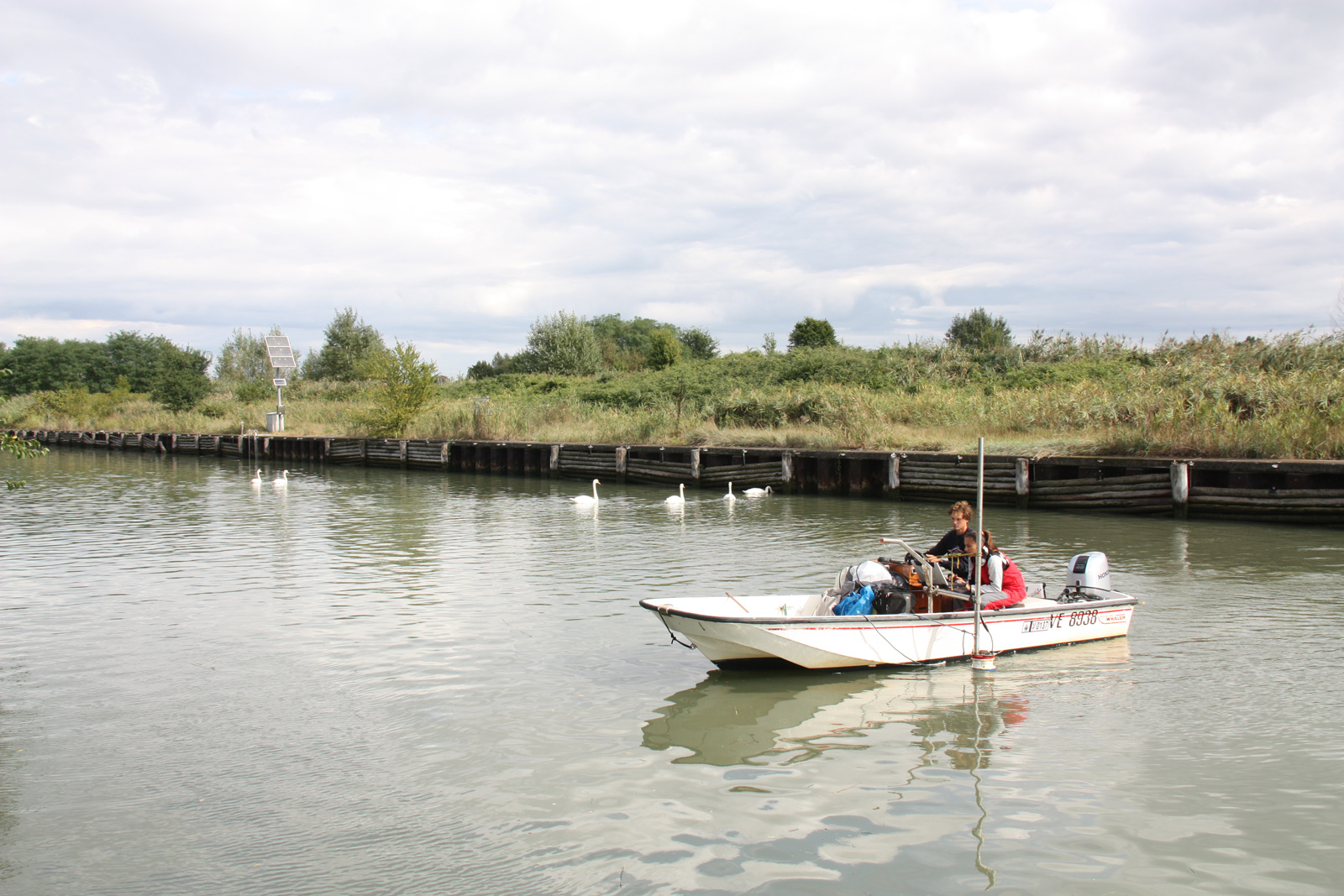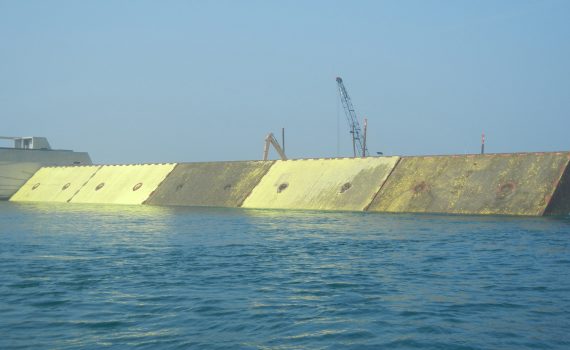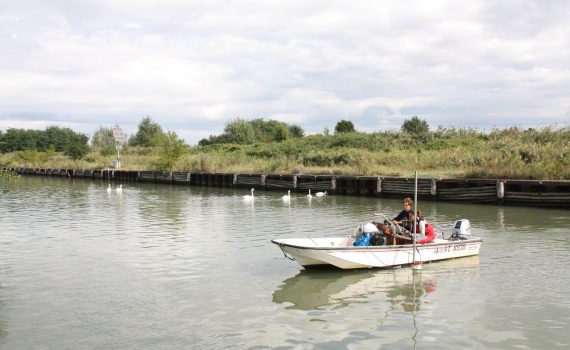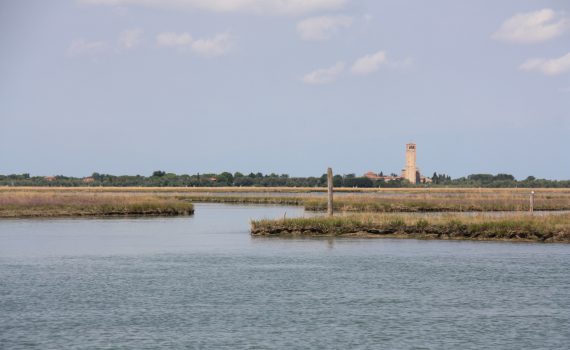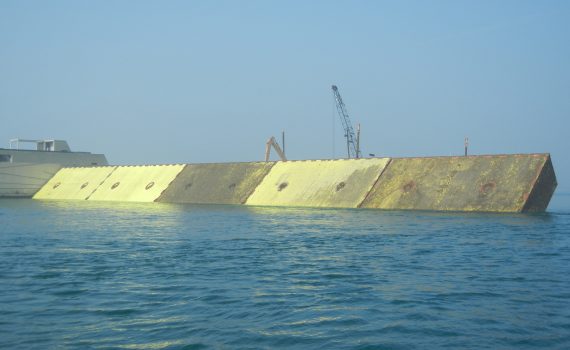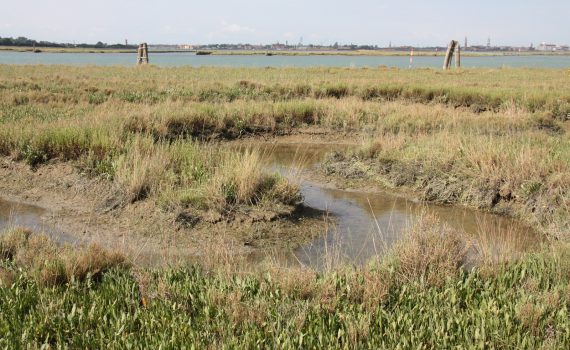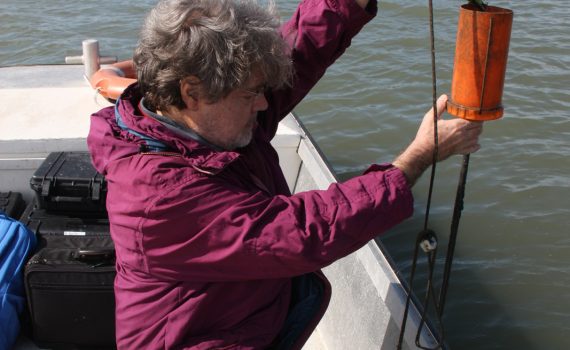The management of coastal ecosystems, such as the Lagoon, requires a detailed and updated knowledge of the hydrodynamic and geomorphological conditions, of the evolutionary processes in progress, natural and / or induced by anthropic activities, and therefore cannot ignore the knowledge of the processes that occur at the interfaces land-lagoon and lagoon-sea, the effects of which involve the entire lagoon system.
Today, moreover, the operation of the MOSE system implies numerous potential impacts on the lagoon hydrodynamic circulation, on the physicochemical characteristics of the water inside the lagoon, on the tidal regimes, on the exchange of sea-lagoon sediments, on ecological and morphological processes. lagoons, on the life cycles of lagoon organisms and, as a whole, on the lagoon communities and ecosystems.



